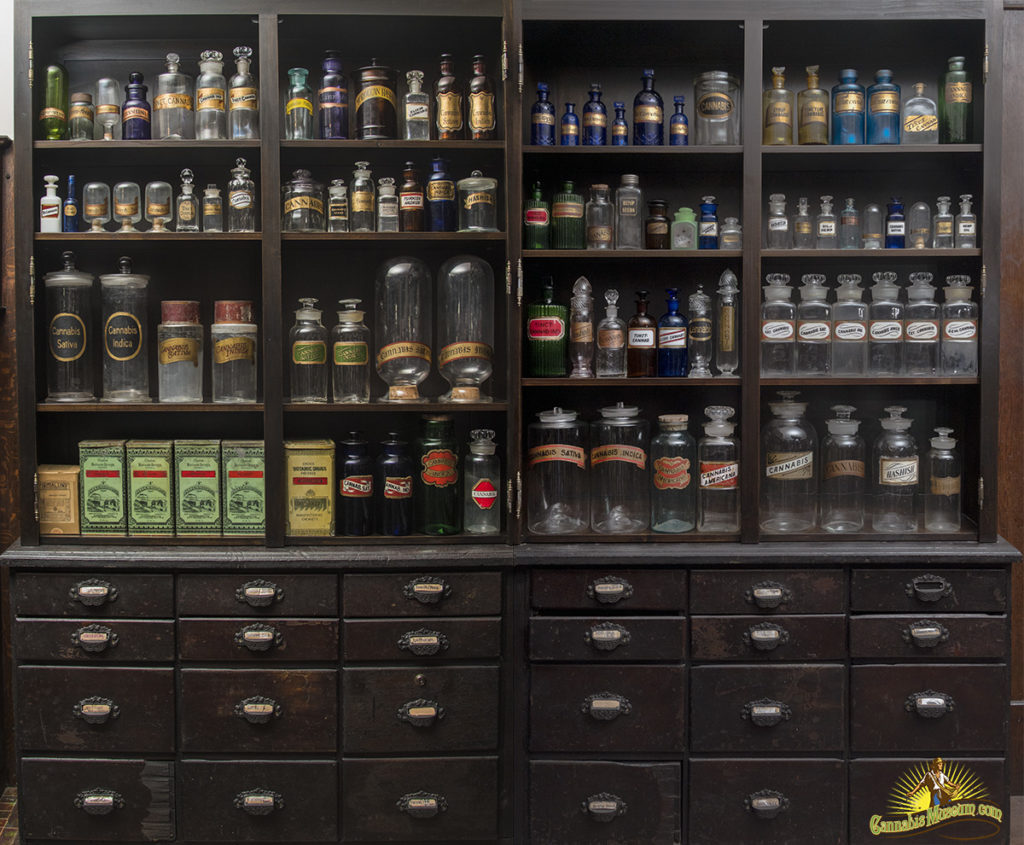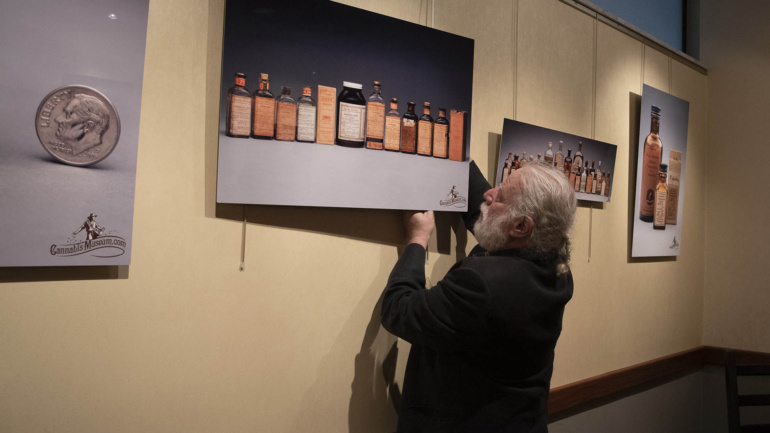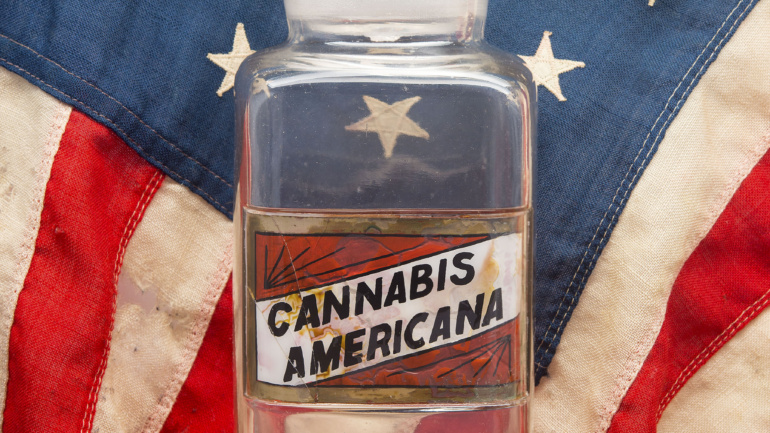Cannabis in early America
At the time of the Revolutionary War, America’s largest industry was cordage. Cordage was rope made from hemp, Cannabis sativa. Cordage was needed for ships, industrial use, and on the farm.
Cannabis was also an important ingredient in traditional folk medicines. The cutoff of British imports during the Revolutionary War sparked the development of a domestic drug industry. Cannabis was a common ingredient in these early potents, but only European strains were known. Cannabis products, fiber, grain and seed oil remained important for industry and medicine.
At the turn of the 19th Century, a new kind of cannabis was introduced from Asia. These “indica” plants were distinct and offered a drug profile previously unknown in the west. We will explore the distinction between these chemotypes and how practitioners of the day learned to use them as medicine. We will cover concepts like tincturing, concentrates and decarboxylation. We hope to leave you with the knowledge that cannabis had mainstream accepted use for over 100 years in American history. Its use was considered safe and effective. And we have a lot to learn from the practitioners of 100 years ago.



